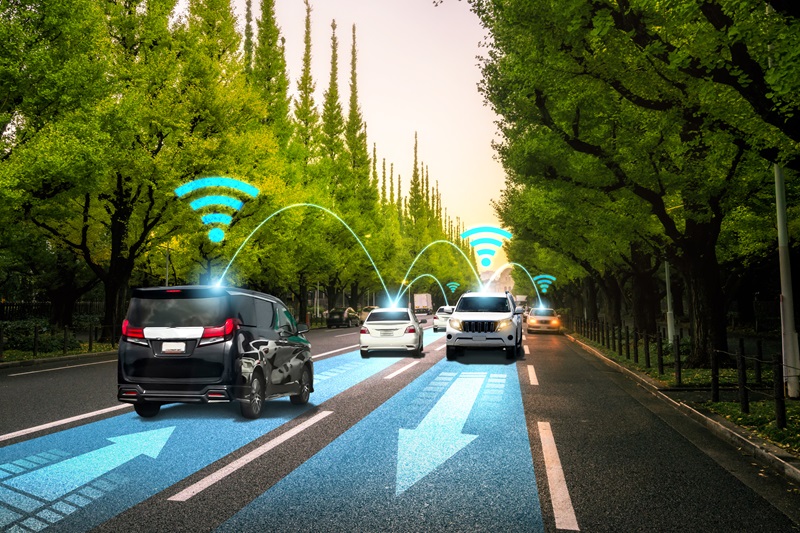Safety tech in cars isn’t reducing insurers’ claims costs

Much has been made of the new electronic safety tech in cars, but it doesn’t seem to be making a dent in auto insurers’ claims costs, according to a new report by Ratesdotcom.ca.
“You might expect that with more safety features like emergency braking and lane assistance systems, the frequency and severity of accidents would decrease,” David Mayer, director of insurance at Ratesdotcom, says in a report examining auto insurers’ increasing repair costs. “But it’s increased, possibly due to distracted driving.”
In 2023, Canada saw a 9% rise in average severity — the cost of an insurance claim — compared to 2022. This increase was sharper in the first half of 2023, when the increase was 10% over the same period in the previous year.
By 2024, the average severity in Canada is expected to hit around $5,700 for a car repair, per Ratesdotcom.
Mayer offers another explanation for higher severity numbers despite new cars being equipped with the latest in driver assistance technologies — including blind spot assist, automatic braking, lane-assist, and parking assist features. Simply put, these newer cars haven’t been on Canadian roads long enough to make a difference.
“The average car in Canada is about 10 years old, which means these new-fangled safety features haven’t begun to significantly impact the safety statistics yet,” says Ratesdotcom, citing Mayer.
Related: Post-pandemic trends in auto insurance
Ratesdotcom adds the new auto safety technologies have contributed to doubling or even tripling repair costs compared to a decade ago. And insurance premiums have adjusted upwards accordingly.
Specifically, the report compares the repair costs for the 2023 and 2013 models of the Honda Civic, the country’s top-selling car for 24 years. It also examines the difference in repair costs for the 2023 and 2013 versions of the BMW X3, an SUV falling into the luxury car category.
“On average, the repair cost for newer vehicles is 23% higher than the same type of repair on their previous counterparts,” the report finds.
Diving deeper into its analysis, Ratesdotcom says the 2013 Honda Civic had a halogen bulb headlight assembly, which cost about $1,324 to fix. The 2023 model, on the other hand, uses LED lighting, which offers better illumination, longevity and energy efficiency, to the tune of $3,071 to repair.
Also, the 2023 Honda Civic’s windshield and central mirror are now equipped with a ‘lane-assist camera’ feature.
“This advanced technology significantly improves the safety and convenience of the vehicle, aiding in lane-keeping and reducing the risk of lane departure accidents,” the report notes. “However, this addition also leads to a price increase of $1,360.59 over its 2013 version.”
As for the BMW X3, the 2023 version of the vehicle contains new radar sensor technology that wasn’t part of the 2013 model.
“These sensors play a crucial role in modern safety features such as adaptive cruise control, collision detection, and automatic emergency braking,” the Ratesdotcom report states. “These radar sensors lead to a substantial price increase of $6,613.33.”
The report goes into detail about other factors increasing insurers’ severity costs, apart from parts and the new safety technologies — including labour costs, microchip supply, and supply chain disruptions, etc. But it all adds up to average insurance premiums for consumers going up considerably.
Ratesdotcom compares the insurance premiums of a driver of the 2013 Honda Civic and the 2023 Honda Civic. The example assumes a 35-year-old male driver is living in downtown Toronto with 19 years of driving experience with no prior claims or convictions.
The insurance premium for the driver of a 2013 Honda Civic would be $1,852 annually ($154.33 monthly), whereas for the driver of the 2023 Honda Civic, the auto insurance bill would be $3,403 annually ($283.58 monthly).
For the same driver, the auto insurance bill would be $1,835 annually ($152.92 monthly) to drive a 2013 BMW X3, and $3,265 annually ($272.08 monthly) to insure the 2023 BMW X3.
Feature image courtesy of iStock.com/Blue Planet Studio







